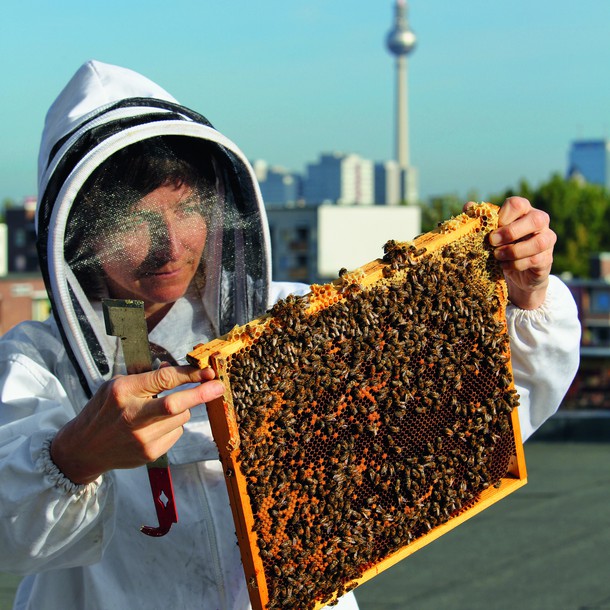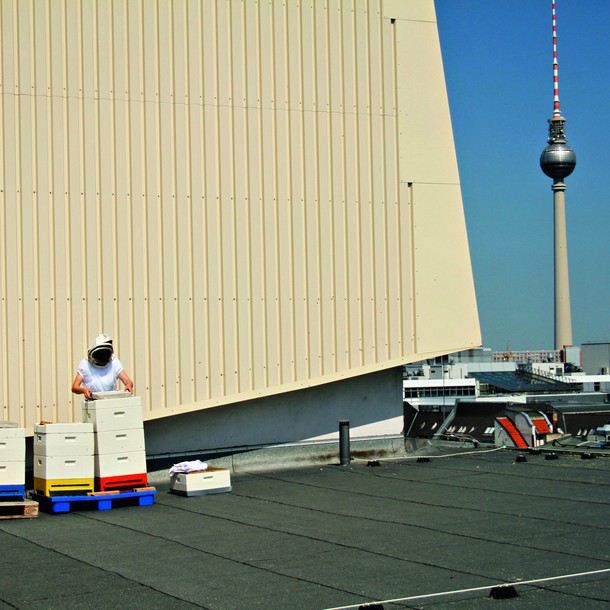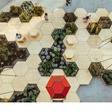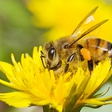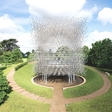
Just this summer, bees were given a new home on the rooftop of one of the business buildings of the EXPO 2015 fair, where journalists were given a first-hand experience into the world of bees by the so-called "bee whisperer," a beekeeper herself and the "thematic ambassador" of the German Pavilion at EXPO 2015, Erika Mayr. "There are many advantages to keeping bees in an urban environment. One of them is that urban beekeepers produce local food, meaning the honey does not need to be imported from abroad. Furthermore, beekeeping is a very environmentally-friendly hobby, with no waste production, using no energy to function. It actually produces energy. Gardens and wildflowers are pollinated, and the presence of bees in the core center of the city displays citizens' will and readiness to move towards a greener future," said Mayr who, in the center of Berlin, keeps no fewer than fifteen bee colonies of her own, and actively contributes to protecting the bees and bio-diversity of the largest German city.
A decade ago, people never even noticed the bees buzzing around Berlin, but they are now increasingly aware of their significance. Producing local honey in this city of 3.3 million has become immensely popular, and the buzzing is a good sign that pollination is underway, either on someone's balcony or in their garden. "Urban honey comes with a very special aroma and flavor. It's also very clean, because in the city you won't find as many people using chemical fertilizers and pesticides as you would in the country," explained Erika, comfortably standing on the edge of the roof. Yearly, she produces approximately 300 kilograms of honey. But that is just a drop in the ocean of Berlin's honey production: over 500 beekeepers exist in Berlin today, producing a ton and a half of honey every year.
In April 2017, the bees will enter what one might call their idea of "heaven." The city is already actively preparing for the International Garden Exposition 2017 (IGA), which is bound to transform the outskirts of Berlin, as well as the city center, into a unique model of urban living. 82 hectares of land, which will cover the areas of the current Gardens of the World (Gärten der Welt), the northern and southern extensions along Blumberger Damm, the Kienberg hill and the Wuhletal area, including the Wuhleteich pond, will become the city of the future.
"We wish to create a free and open space for everybody to experience the energy-efficient green architecture. Visitors will see the Salers cattle, one of the oldest and most pedigreed livestock breeds in Europe, grazing on the spacious meadows of the Wuhletal area. They will also be able to enjoy a large green recreational area, with a large emphasis on urban gardening, a growing trend all over the world. It's already hugely popular in Berlin, partly because of the Princess Gardens (Prinzessinnengärten) in Kreuzberg," said the enthusiastic organizers of IGA 2017.

Read more about the Green Berlin in our new issue.
